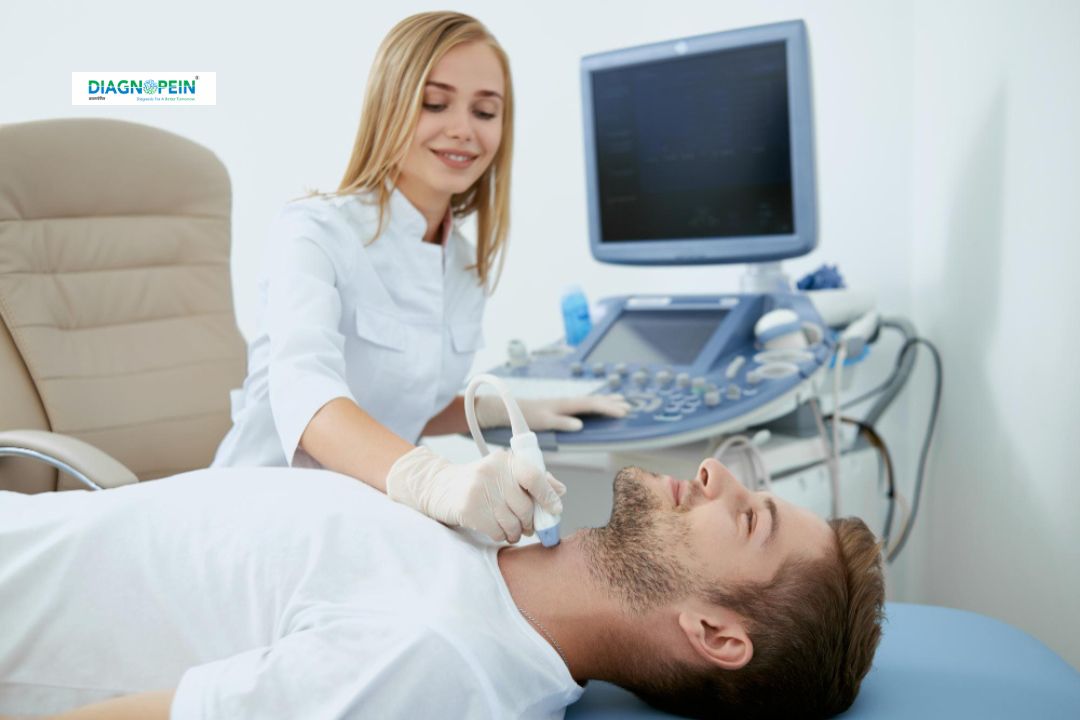Why Choose USG Follicular First
The USG Follicular First test is recommended for women who are trying to conceive naturally or through assisted reproductive techniques such as IVF or IUI. The scan gives detailed insights into the ovarian cycle, helping to determine the exact time of ovulation and the best fertile window for conception.
It is a non-invasive, safe, and accurate imaging test that provides real-time visualization of the ovaries and uterus. By doing the USG Follicular Study, doctors can track the growth of follicles, assess endometrial thickness, and predict the right time for intercourse or fertility procedures.
Key benefits:
-
Detects ovulatory patterns and follicle development stages
-
Provides accurate timing for conception planning
-
Identifies hormonal imbalance or anovulation
-
Monitors the effectiveness of fertility medications
-
Safe for repeated use with no radiation exposure
How USG Follicular First Test is Performed
The USG Follicular First test is usually done through a transvaginal or transabdominal ultrasound, depending on the patient’s comfort and doctor’s recommendation. The procedure is simple and painless, taking about 15–20 minutes.
Step-by-step Procedure:
-
The patient is asked to lie down comfortably on the examination table.
-
A gel is applied to enhance ultrasound transmission.
-
The transducer is gently placed to capture images of the ovaries and uterus.
-
Multiple measurements are taken to record follicle size, count, and endometrial thickness.
-
The results are shared with the gynecologist for ovulation assessment.
For an accurate Follicular Study, the scan may be repeated across several days (typically Day 9, 11, 13 of the menstrual cycle) to observe follicular growth and ovulation.
Parameters Measured in USG Follicular First
Key parameters examined during a USG Follicular Study include:
-
Follicle size and number: To assess the follicular maturity and ovulation readiness.
-
Endometrial thickness: To evaluate uterine lining condition for implantation.
-
Ovulation tracking: To pinpoint the exact time of egg release.
-
Ovarian volume and morphology: To identify any cysts or abnormalities.
These parameters guide fertility treatment and help optimize conception success rates.
Benefits of USG Follicular First in Fertility Evaluation
The USG Follicular First provides valuable insights for couples facing difficulties in conceiving. It is a crucial part of fertility evaluation, enabling gynecologists to tailor treatments like ovulation induction or IVF protocols. By regularly monitoring follicular changes, doctors can make timely decisions, improving conception chances naturally or with medical assistance.
Conclusion
The USG Follicular First scan is an essential fertility diagnostic tool that ensures accurate monitoring of ovarian function and ovulatory cycles. If you are planning pregnancy or undergoing fertility evaluation, consult your gynecologist about scheduling a Follicular Study. Early monitoring helps guide timely interventions and boosts natural conception possibilities.








